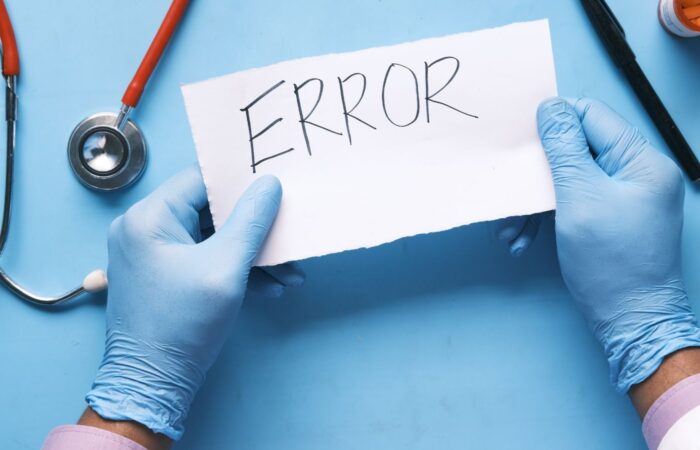In the world of healthcare, patient safety is paramount. It’s not just a buzzword; it’s a fundamental principle that guides every aspect of healthcare delivery. Ensuring the well-being and safety of patients is a collective responsibility that involves healthcare providers, administrators, policymakers, and patients themselves. In this blog post, we’ll delve into the critical topic of patient safety, exploring its importance, challenges, and strategies for improvement.
Understanding Patient Safety
Patient safety refers to the prevention of harm to patients during their healthcare journey. It encompasses a wide range of practices, protocols, and measures designed to minimize the risk of medical errors, adverse events, and unnecessary harm. Patient safety is not solely the absence of harm but also the proactive identification and mitigation of potential risks.
The Importance of Patient Safety
- Preservation of Life: At its core, patient safety is about preserving and protecting lives. A commitment to patient safety means that every patient can trust that their healthcare provider is doing everything possible to ensure their well-being.
- Quality of Care: Patient safety is intertwined with the quality of care. When patients are safe from harm, they are more likely to receive effective and timely treatment, leading to better outcomes.
- Trust and Confidence: Patient safety builds trust and confidence in healthcare systems and providers. Patients who feel safe are more likely to engage in open communication with their healthcare team and follow their treatment plans.
Challenges in Patient Safety
- Medical Errors: Medical errors, including medication mistakes, surgical errors, and misdiagnoses, pose a significant challenge to patient safety. These errors can lead to adverse events and harm to patients.
- Communication Breakdowns: Poor communication among healthcare providers, patients, and their families can result in misunderstandings, delays in care, and preventable errors.
- Workforce Fatigue: Healthcare professionals often work long hours and face high levels of stress, which can contribute to fatigue and decreased attentiveness, increasing the risk of errors.
- Technology Integration: While technology has the potential to improve patient safety, its integration into healthcare systems can also introduce new complexities and vulnerabilities. Ensuring the safe use of technology is crucial.
Strategies for Enhancing Patient Safety
- Patient Engagement: Encourage patients to actively participate in their healthcare by asking questions, sharing their medical history, and understanding their treatment plans. Informed patients are better equipped to advocate for their own safety.
- Effective Communication: Foster open and clear communication among healthcare providers, patients, and families. Effective communication can prevent misunderstandings and errors.
- Standardized Protocols: Implement standardized protocols and best practices for common procedures and treatments. These protocols help ensure consistency in care and reduce the likelihood of errors.
- Continuous Training and Education: Provide ongoing training and education for healthcare providers to keep them updated on the latest medical advancements and safety practices.
- Medication Safety: Implement medication reconciliation processes to prevent medication errors. Ensure that patients understand their medications and any potential side effects.
- Reporting Systems: Establish systems for reporting adverse events and near misses. Encourage a culture of transparency and learning from mistakes.
- Safety Culture: Foster a culture of safety within healthcare organizations. Encourage reporting, learning from errors, and making improvements based on lessons learned.
Patient Safety Beyond the Hospital
Patient safety extends beyond the walls of the hospital. It encompasses the entire healthcare continuum, from pre-hospital care to post-acute and long-term care. Ensuring patient safety in outpatient settings, home care, and long-term care facilities is equally important.
Conclusion
Patient safety is not an option; it’s an ethical and professional imperative in healthcare. It’s about protecting lives, preserving trust, and delivering high-quality care. While challenges exist, healthcare organizations and providers must continuously strive to improve patient safety through effective communication, standardized protocols, ongoing education, and a culture of safety. Patients, too, play a vital role in their own safety by actively engaging in their care and advocating for their well-being. Ultimately, the collective commitment to patient safety is what ensures that healthcare remains a field dedicated to safeguarding lives.





